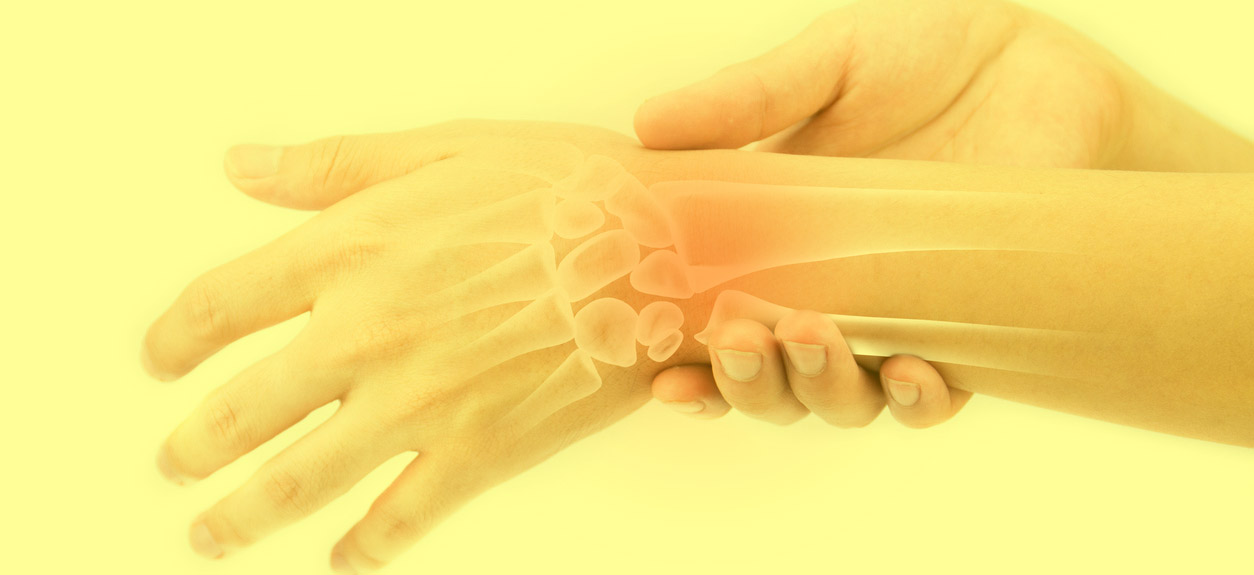As one of the most frequently suffered sporting injuries, Distal Radius fractures still remain shrouded in mystery. Part of the reason for this lies in the terminology used in prescribing such breaks. There is also a wide range of treatments used in the recovery process.
This is largely due to how serious the injury actually is. But to understand how serious the injury is, you need to understand what it is and how your body has been affected.
What is a Distal Radius Fracture
Regularly referred to as simply a broken wrist, a Distal Radius fracture is the most common type of broken-bone wrist injury. Similar to the term broken wrist, a Distal Radius fracture is actually an umbrella-term. They are essentially a collection of fracture types in a certain area of your body, your wrist.
The Distal bone is the larger of the two bones which run parallel through your forearm. The Distal Radius itself is the term given to the end of this Distal bone which connects to your hand. This part of the bone can be injured and fractured in several different ways, all of which are generalized as a Distal Radius Fracture.
There are two main methods used to further identify these injuries. By the location of the fracture and by the type of fracture suffered.
Further Identifying A Distal Radius Fracture
There are actually four classification systems now widely used to precisely identify a subtype of Distal Radius Fracture. These have all evolved over the past 50 years with the help of more powerful scanning equipment.
While many of these subtypes sound complicated, understanding the medical terms used adds a lot of clarity to the diagnosis. In general, there are five main ways in which you can break a bone, these are:
Bending fractures – Occurs when a bone is bent to produce a crack, typically not all of the way through the bone.
Shearing fractures – Caused by opposing forces acting on a bone. These are stress fractures that snap the bone in a parallel direction to the shear forces applied.
Compression fractures – Often suffered when using your hands to break your fall. Compression fractures are caused by a large pressure compacting the bone.
Avulsion fractures – Common sporting injuries, these are caused when either a ligament or tendon is pulled away from the bone, bringing with it a small section of the bone.
Combined Fractures – High-impact injuries can often result in a mixture of breaks and fractures as mentioned above.
Types of Distal Radius Fractures
Further to the type of break suffered, the location of the fracture is also an important factor to consider. This helps to assess the seriousness of an injury and form a suitable treatment plan.
In general, Distal Radius fractures can be categorized as either:
- Intra-articular or extra-articular. The medical name for the joint is articular. Therefore, this term simply determines if the injury spreads to the joint (intra-) or not (extra-articular)
- Displaced or nondisplaced. A term used to specify whether the broken bone has moved away from its correct position in the arm.
- Open or closed. An open fracture is the result of the bone piercing the skin. These are far more serious injuries and can be complicated by infection.
- Comminuted, meaning that the bone has splintered into several pieces rather than a simple crack or break in the bone.
Treatment and Recovery of a Distal Radius Fracture
The vast majority of these fracture types occur within one inch of the wrist joint. Despite this, they can greatly range in severity with total recovery time ranging from six months to one year. Surgery may or may not be required, however, almost all fractures will be acutely painful and will require professional medical attention.
Specialized therapists can also help to protect the injury and hasten the recovery process. Click here for more information regarding the symptoms and treatments associated with Distal Radius Fractures.













